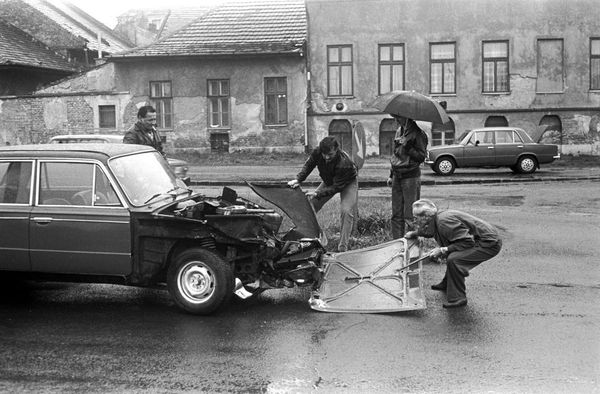The 19th-century slaughterhouse in the center of Ostrava, Czech Republic, has been transformed into an unconventional cultural center, which is now home to the Plato City Gallery of Contemporary Art., among others
The transformation was carried out by the renowned Polish architect Robert Konieczny and his architectural studio, KWK Promes, who sought to modernize the building while preserving its character, keeping the original brick walls and adding six unique rotating walls. If needed, the walls can be used to connect the exhibition halls and outdoor spaces. In addition to the exhibition spaces, the first floor area will be reserved for educational activities, concerts or performances, and a café will also be located in the renovated building.
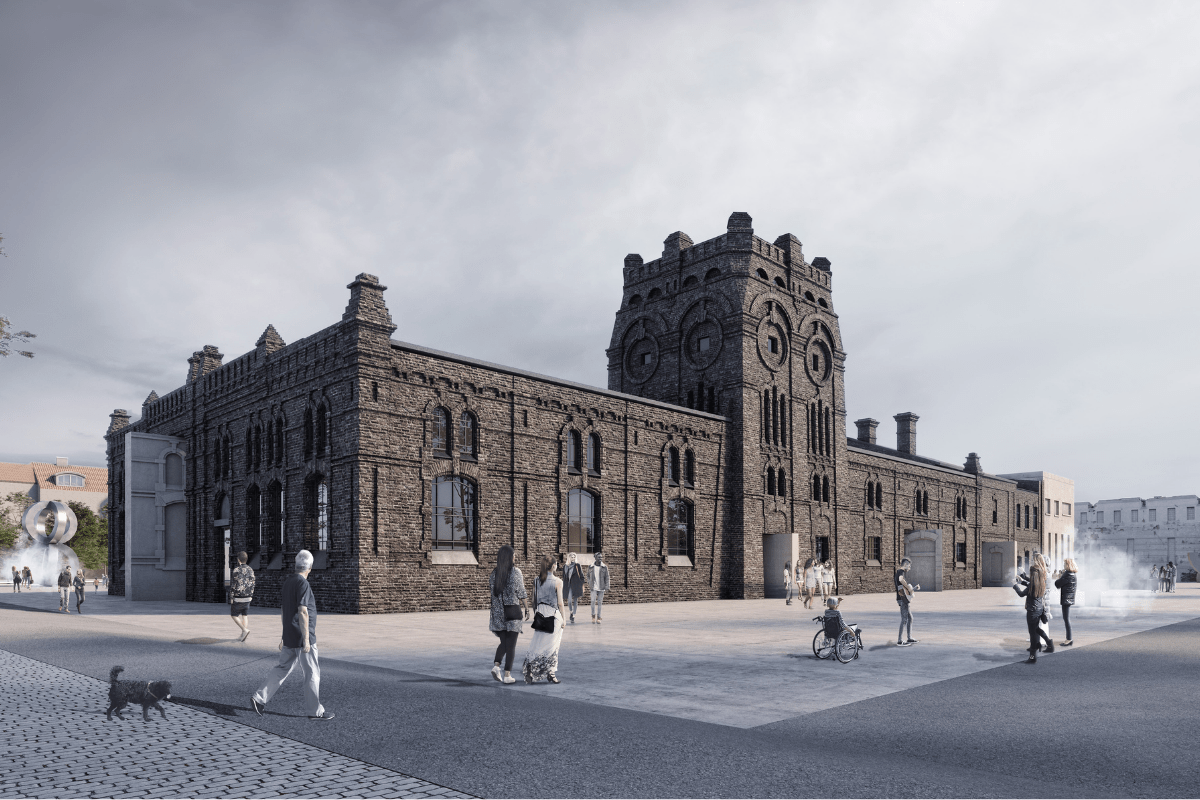
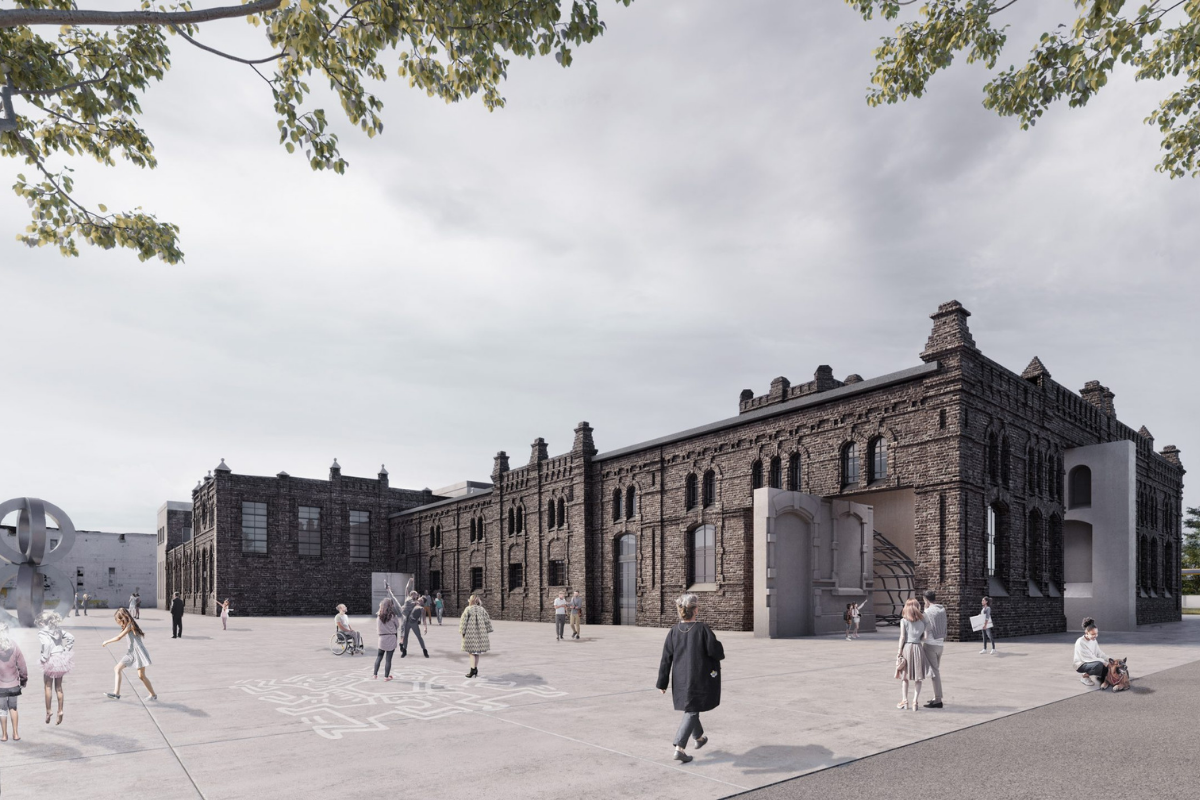
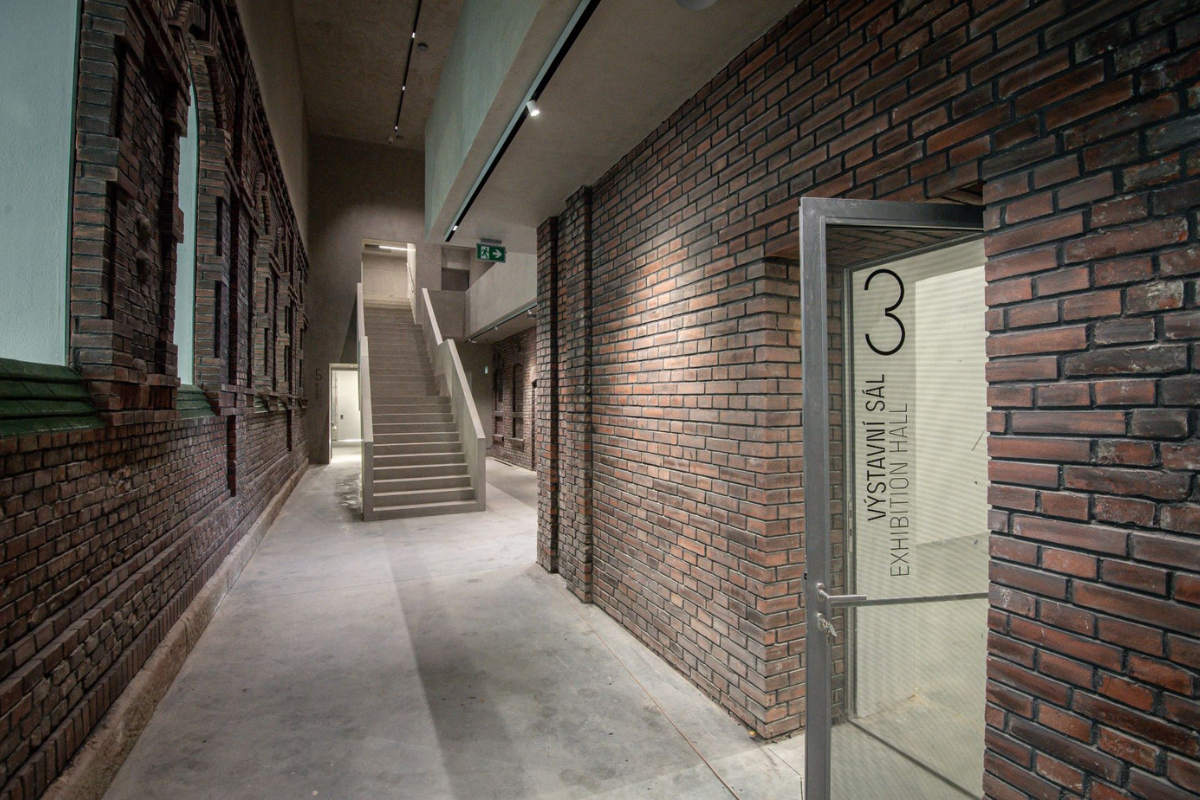
Source: CZECHDESIGN

Common objects tuned for brutalism
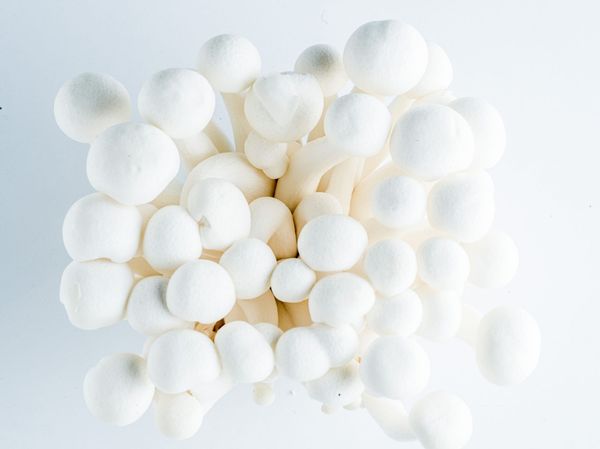
Twisted #4—Food Phobias
